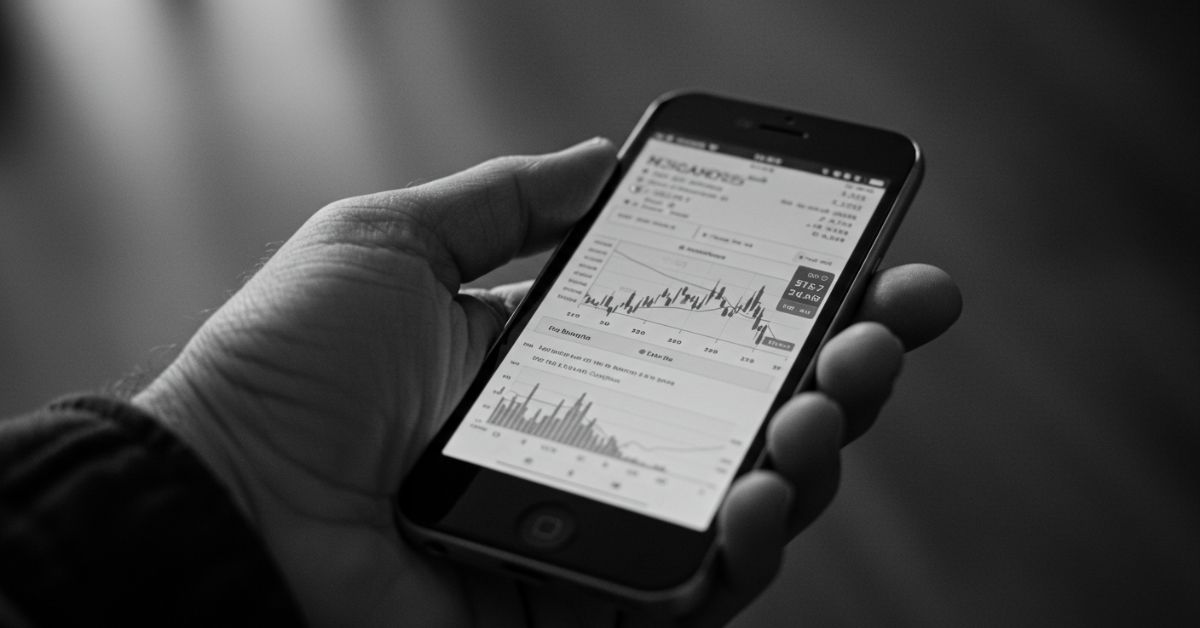In the modern dynamic financial markets, news travels faster than before. One post on Twitter, newspaper headline, or news alert is enough to cause shivers in the stock rates in a matter of seconds. To investors, hedge funds and financial institutions, the traditional news cycles are a thing of the past. This is where media alerts in finance come in-real time insight ahead of the market responding.
Be it regulatory changes, executive moves or macro economic events, media alerts tools enable finance professionals to be ahead of the news- and the market sentiment that attaches with it.
Why Media Alerts Matter in Finance
It is not only numbers that define market sentiment, but stories. A rumor of the CEO of a tech giant resigning, an unexpected geopolitical dispute, or consumer outrage regarding a product can affect the stock prices nearly immediately.
Media alerts services are used by financial decision-makers to follow and make sense of such stories as they develop. Instead of providing traders, analysts and portfolio managers with aggregated reports ex-post as in traditional media monitoring, real-time alerts enable them to take action on insights whilst they are still fresh in the market, that is, before they are fully incorporated into market prices.
Key Use Cases for Media Alerts in Financial Markets
1. Trackingbrand Name
With a powerful media alerts system, analysts may establish real-time alerts of any reference to a particular company across news sites, blogs and social media alerts. This consists of income report, product recall, joint ventures or management changes- all which can affect share price.
2. Changes in Regulatory and Policy
Decisions made by central banks, government agencies and financial watchdogs often impact whole sectors. Effectively set media alerts solution is one that guarantees that compliance and legal departments are immediately notified about emergent regulations, avoiding the expensive oversights.
3. Monitoring of Competitor Action
Media alerts tools also enable finance professionals to monitor competitor companies. It can show expansion plans, funding rounds or surprise crises, enabling a quicker switch of strategy.
4. Crisis and Risk Management
Reputational risks are contagious in the markets. When a brand is hit with legal accusations, environmental attack or executive misbehavior, media alert services enable teams to develop damage control tactics in real-time.
The Role of Social Media Alerts in Stock Movement
Such social media sites as Twitter, Reddit, and LinkedIn have become important forums of monetary banter in recent years. The notorious GameStop short squeeze can be studied as an example of how social media monitoring and alerts can no longer be neglected. The features of modern media alerts platforms now include the ability to scrape social media, which enables finance teams to track popular hashtags, monitor influential accounts, and develop a sense of emergent sentiment among retail investors. This kind of social media monitoring provides foresight that assists institutions in forecasting how the public might react before it is reflected in trading behavior.
What Makes a Good Media Alerts Tool for Finance?
When choosing a media alerts solution in a financial context, look for:
- Speed and Accuracy: There is no use of delayed alert in a volatile market. The tool should provide real-time insights with little noise.
- Multi-Channel Monitoring: It must address the traditional news, financial press, blogs, forums, as well as the leading social media platforms.
- Custom Filters and Keywords: Finance departments want to set extremely precise alerts by company name, stock symbol, executive name or subject.
- Sentiment Analysis: It is also useful to understand whether a media tone is positive, negative, or neutral in order to receive notifications on what is most important.
- Analytics Dashboard: A quality media alerts service will offer some level of data visualization and trends over time to make longer-term decisions.
Competitive Advantage Through Smart Media Monitoring
An advantage of having access to information in a timely manner has always been a factor of competitiveness in finance. In the era of AI, algorithmic trade and sentiments created through media, however, real-time is everything. When financial companies utilise reliable media alerts services, they not only receive insights they receive seconds and minutes that can be converted to millions in market value.
The tools also enhance internal communication within compliance, investor relations and risk management departments, to make sure that everybody works off the same page during crucial times.
The Future: AI-Driven Market Sentiment Monitoring
AI is also becoming common in media alerts software, which provides more than just notifications by offering predictive analytics. These systems back test historical data, match the media sentiment to previous market trends and assist in predicting future price trends.
In this future-proof ecosystem, finance teams that adopt media alerts tools will be in a better position to deal with volatility, disruption anticipated and market beaten.
Final Remarks:
Knowledge is profit–and time is risk, in the financial world. Financial media alerts in real-time enable professionals to monitor the mood of the crowd and pursue steps related to emerging events with a sense of security. Despite the use of social media alerts, customizable dashboards, and advanced analytics, these solutions provide the visibility and agility required by financial institutions to succeed.
Media alerts are no longer nice to have in an industry where every millisecond counts. They are critical.
